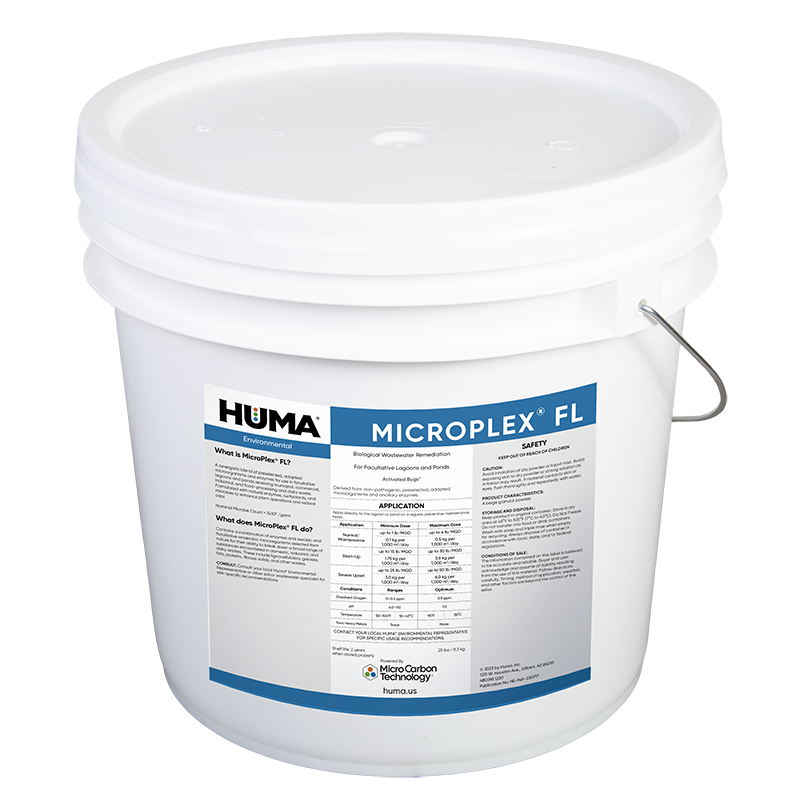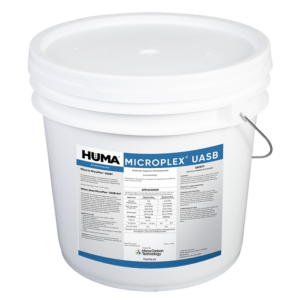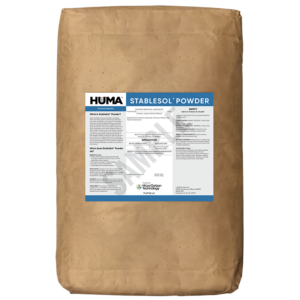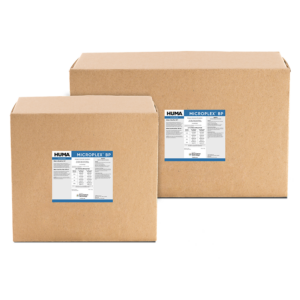FAQs
Related Products
Related Case Studies

Bio Energizer® Reduces Sludge at Small N.M. Municipal Facility
Problem A small town in New Mexico (pop. 1,300) had a municipal wastewater system with a flow rate of 50,000 gallons per day. The system included a series of three lagoons that tapered to a depth of 13 feet. Pond 1 had an average sludge depth of 1.9 feet, Pond 2 averaged 3.5 feet, and...

Bio Energizer® Reduces Sludge at Small Municipal Facility
Problem A small town in Utah (pop. 1,800) had a municipal wastewater system with a flow rate of 192,000 gallons per day. The system included a series of four lagoons that tapered to a depth of 6 feet, although at this time only Ponds 1 and 2 were being evaluated for treatment as they were...

Bio Energizer® Reduces Costs and Turbidity in Paperboard Lagoons at Kentucky Papermill Wastewater Facility
Problem A paper mill wastewater facility was treating 940 tons of paper bags, recycled linerboard, and corrugating medium, daily. The mill was interested in improving wastewater operating efficiency and lowering operating expenses over their standard polymer usage. The plant was experiencing filamentous bacteria, solids, and bulking issues in the final clarifier. It was discharging 4,000...
Related Blog Posts

Microorganisms: The Living Engine of Soil—Part 2
In Part 2 of this series, we look at Plant-Microbial Interactions.

Up to 85% Solids Destruction Achieved Using BIO ENERGIZER®
By Heather Jennings, PE The wastewater treatment facility operators at a city in Missouri wanted better digester performance. They needed a better settling sludge and a higher volume of decants, as well as more room to waste sludge within their existing digesters. The options to dispose of the digested sludge were becoming more and more...
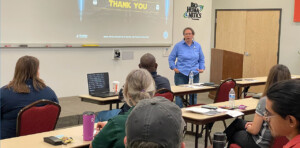
PS and RWAAz Host PFAS Workshop
Probiotic Solutions®, along with the Rural Water Association of Arizona, conducted a workshop today on Per- and Polyfluoroalkyl Substances (PFAS) at Probiotic Solutions/Bio Huma Netics headquarters in Gilbert, Arizona. The workshop, titled “PFAS: The Phantom Menace,” featured presentations by Heather Jennings, PE, Director of Probiotic Solutions, and Marci Payne, Sales and Marketing Manager at Legend...

